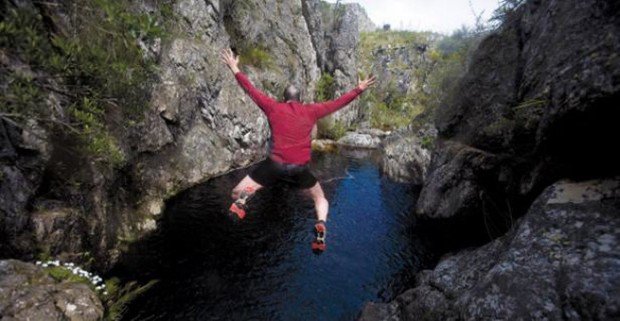
Shotover River, Queenstown
Queenstown is considered by many as the capital of extreme sports. It is situated in Otago region, in the South Island, New Zealand, and is surrounded by Lake Wakatipu and the awe-inspiring Southern Alps.
Home > WATER SPORTS > Cliff Diving > Hottentos Holland Mountains, Cape Fold Belt
Hottentos Holland Mountains offers the best cliff diving experience of a life time. Cliff diving here is practiced from a gorge called the “Suicide Gorge”. The spot offers breathtaking scenery as you feel the adrenaline rush!!
Cliff diving at this spot is not for the faint-hearted, and you need to be of considerable level of fitness to attempt the jump. The 17 km/10.5 mi distance consists of jumps ranging from 3-15 m/9.8-49 ft in length with 15 m/49 ft being the compulsory jump.

Queenstown is considered by many as the capital of extreme sports. It is situated in Otago region, in the South Island, New Zealand, and is surrounded by Lake Wakatipu and the awe-inspiring Southern Alps.
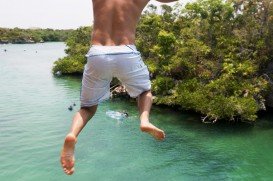
False Bay is a body of water characterized by Cape Hangklip and Cape Peninsula, located in the southwest of South Africa. The bay is 30 km/18.7 mi wide, offering a Mediterranean climate with warm, dry summers and wet, damp winters. The east and western shores of the bay are rocky and mountainous with visible peaks rising from the waters, while the northern side comprises a long, curving beach.

Lake Havasu is situated behind Parker Dam on the Colorado River, just on the border that joins California with Arizona.
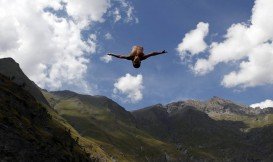
Rising from the Eastern Cape and running along the Kwazulu-Natal's western border, the Drakensberg mountain range is the highest in South Africa standing at 3482 m/11424 ft in height. The mountains are capped by a layer of basalt of 1400 m/4593 ft thick and offers amazing flora and fauna.
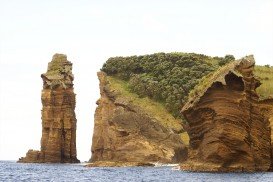
Azores is a group of nine volcanic islands located in the North Atlantic Ocean. With a subtropical climate, fantastic mountains and beautiful beaches, Azores represent a world wide destination, suitable for many activities.
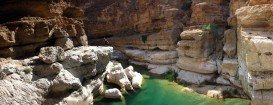
The Sultanate of Oman is an incredibly beautiful Arab country, located on the southeast side of the Arabian Peninsula, fronted by the Persian Gulf. The amazing natural diversity and the pristine desert landscape, along with important historical sites and impressive architecture, has turned the country into a top destination for tourists from all around the world.

The Overberg is a region of immense beauty and characterized by amazing and diverse landscapes. It forms part of the Western Cape as it stretches from the Hottentos-Holland Mountains in the north while in the southern, the Atlantic and Indian Ocean break on to sandy beaches and rocky headlands. The spot enjoys a Mediterranean climate with warm dry summers and cool wet winters.
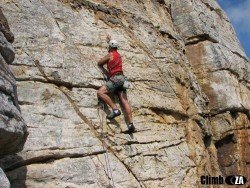
Without doubt, Cape Town is one of the most beautiful cities in the world, boasting striking mountains, a long stretch of the Atlantic Ocean coastline and an intriguing working harbour. Located at the shores of Table Bay in the Western Cape province of South Africa, it enjoys an ocean Mediterranean climate with mild moderately wet winters and dry warm summers.
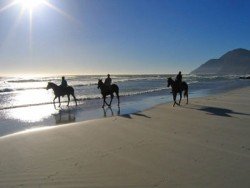
False Bay is a body of water characterized by Cape Hangklip and Cape Peninsula, located in the southwest of South Africa. The bay is 30 km/18.7 mi wide, offering a Mediterranean climate with warm, dry summers and wet damp winters. The east and western shores of the bay are rocky and mountainous with visible peaks rising from the waters, while the northern side comprises a long, curving beach.
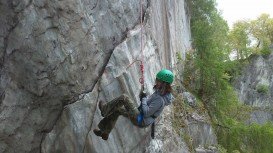
Cape Winelands is an area of vast vines and vineyards as the name suggests. Situated in the north east of Cape Town, it constitutes fertile green valleys, towns and villages surrounded by proud mountains. It is characterized by Mediterranean Climate and the winter rain contributes to the famous wine production which can be found in most of the world's corners.
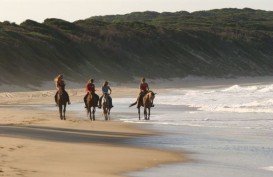
Langebaan Lagoon is situated at 120 km/74 mi north of Cape Town and stretches at 20 km/12 mi in length and 4 km/2.5 mi in width. Unlike other lagoons, Langebaan is pure salty water. The white sandy beaches and crystal clear waters are just breathtaking, whether it is sunny or cloudy.

Cape Winelands is an area of vast vines and vineyards as the name suggests. Situated in the north east of Cape Town, it constitutes fertile green valleys, towns and villages surrounded by proud mountains. It is characterized by Mediterranean Climate and the winter rain contributes to the famous wine production which can be found in most of the world's corners.
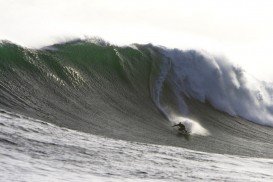
False Bay is a body of water characterized by Cape Hangklip and Cape Peninsula, located in the southwest of South Africa. The bay is 30 km/18.7 mi wide, offering a Mediterranean climate with warm, dry summers and wet, damp winters. The east and western shores of the bay are rocky and mountainous with visible peaks rising from the waters, while the northern side comprises a long, curving beach.
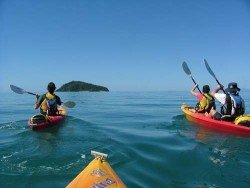
False Bay is a body of water characterized by Cape Hangklip and Cape Peninsula, located in the South-West of South Africa. The bay is 30 km/18.7 mi wide, offering a Mediterranean climate with warm, dry summers and wet damp winters. The east and western shores of the bay are rocky and mountainous with visible peaks rising from the waters, while the northern side comprises a long curving beach.

